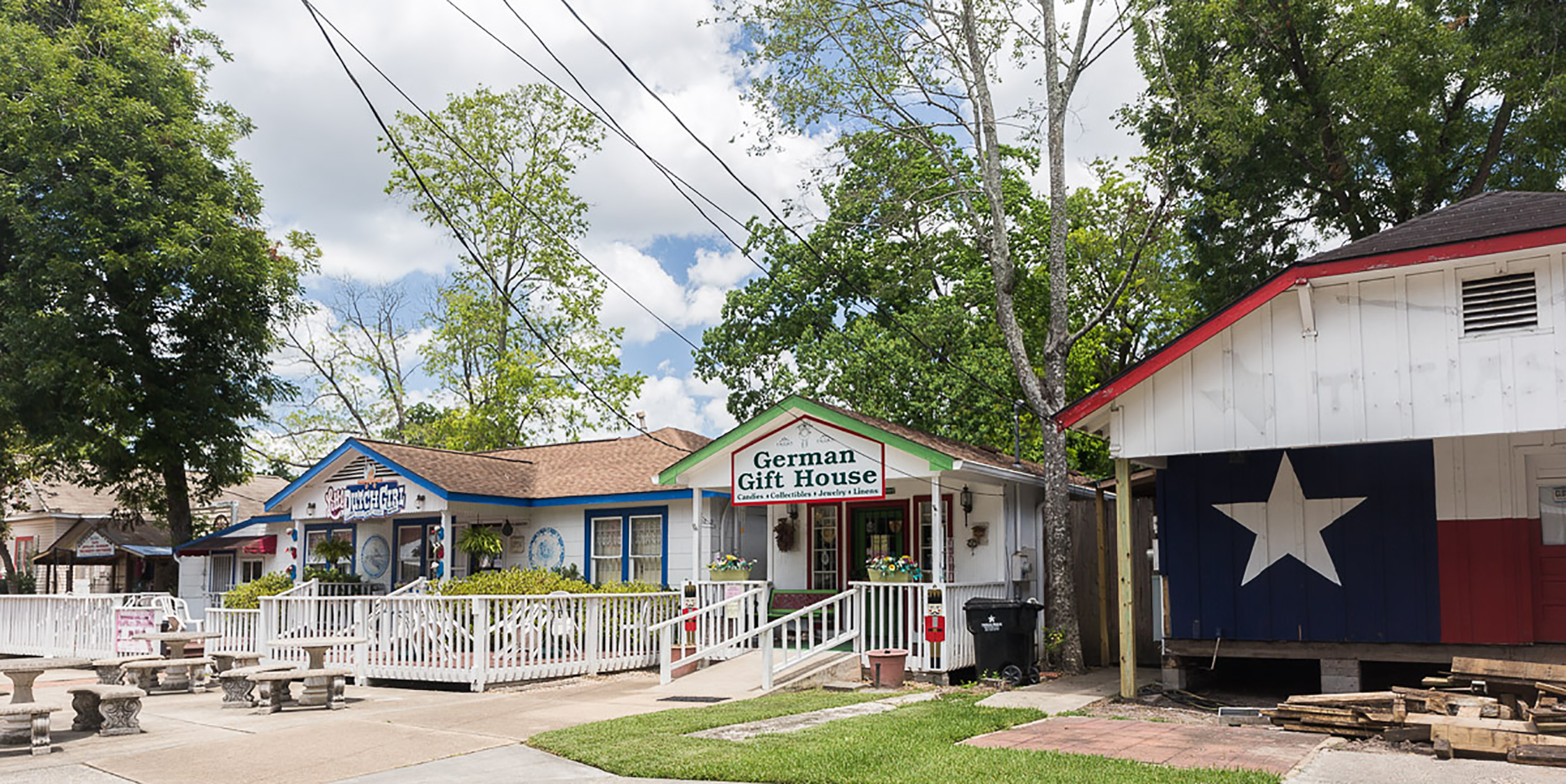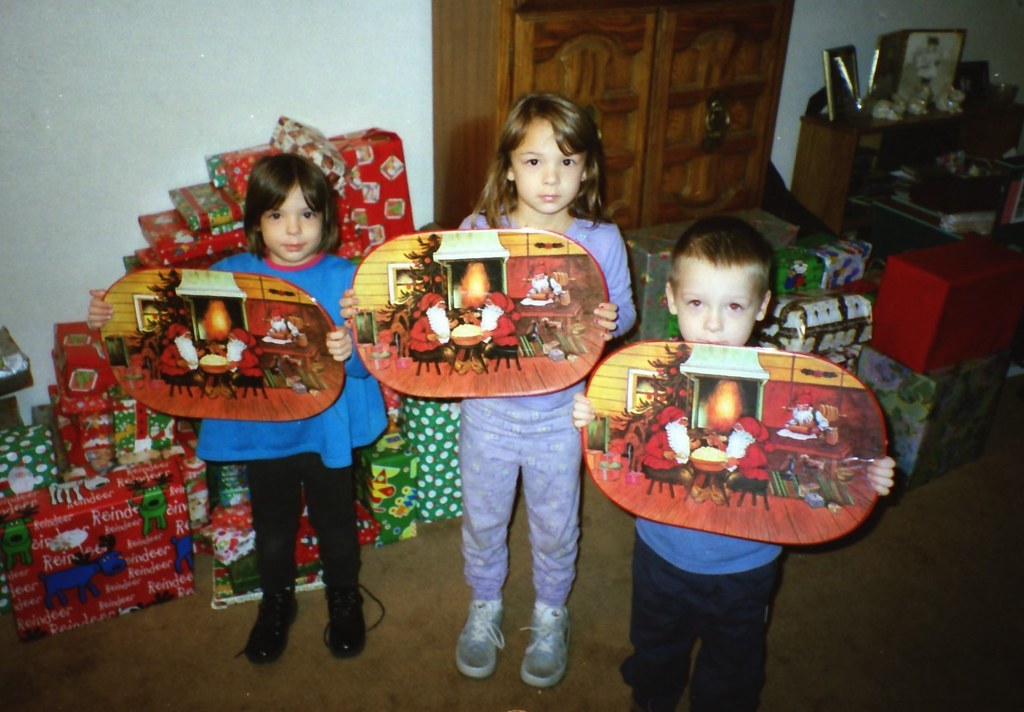You know that moment when you check Zillow “just for fun” and suddenly start planning your entire life around a $289K 3-bedroom with a pool in Florida? Same. But here’s the wild twist in 2025: in some U.S. suburbs, homes are actually selling for less than they were in 2019. Yep—before the pandemic, before the housing FOMO, before every open house turned into a cage match.
While some markets are still inflating like a sourdough starter, others are quietly deflating, offering throwback pricing with way less competition. It’s like real estate time travel, but with central air and granite counters. Whether it’s oversupply, cooling demand, or post-boom regret, these places are giving bargain-hunters a rare second chance. So if you missed the boat before, now might be the perfect time to paddle back. Here are 13 American suburbs where the housing market just hit rewind.
1. Spring, Texas (Houston suburbs)
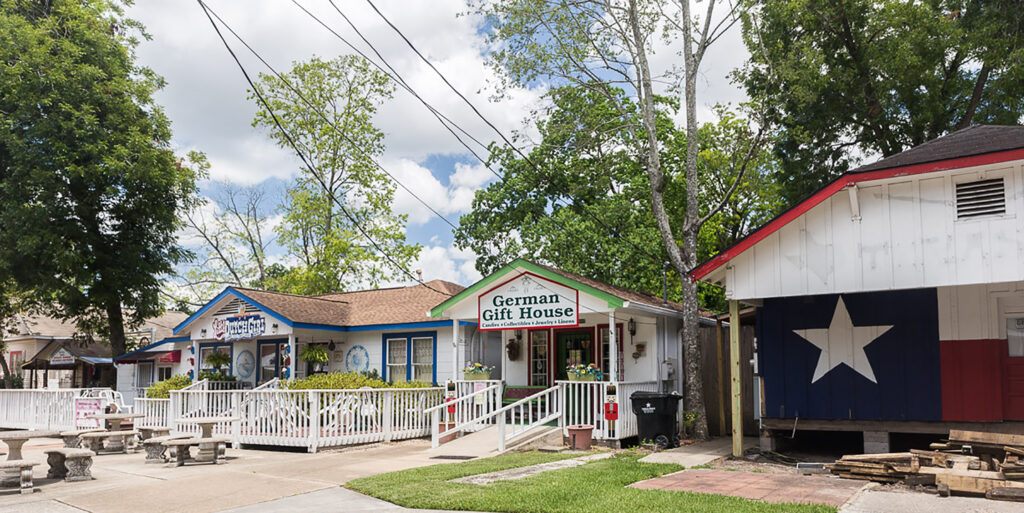
You’d think being near Houston would keep prices spicy, but nope—Spring’s market is doing a backslide. Median home prices here are now dipping below their 2019 levels, especially in neighborhoods that overbuilt during the boom. It’s the classic case of too many cookie-cutter homes, not enough cookie buyers.
According to The Houston Chronicle, Spring was one of several Texas towns where sellers are slashing prices just to compete. Local agents say buyers are getting picky again—and picky doesn’t pair well with HOA fees and aging vinyl siding. Toss in rising insurance premiums and the Houston job market’s recent cooling, and it’s not exactly a seller’s paradise. But for buyers? It’s discount season.
If you’re dreaming of suburban life with backyard BBQs and decent public schools, Spring could give you 2019 pricing in a 2025 world.
2. Kissimmee, Florida (Orlando suburbs)
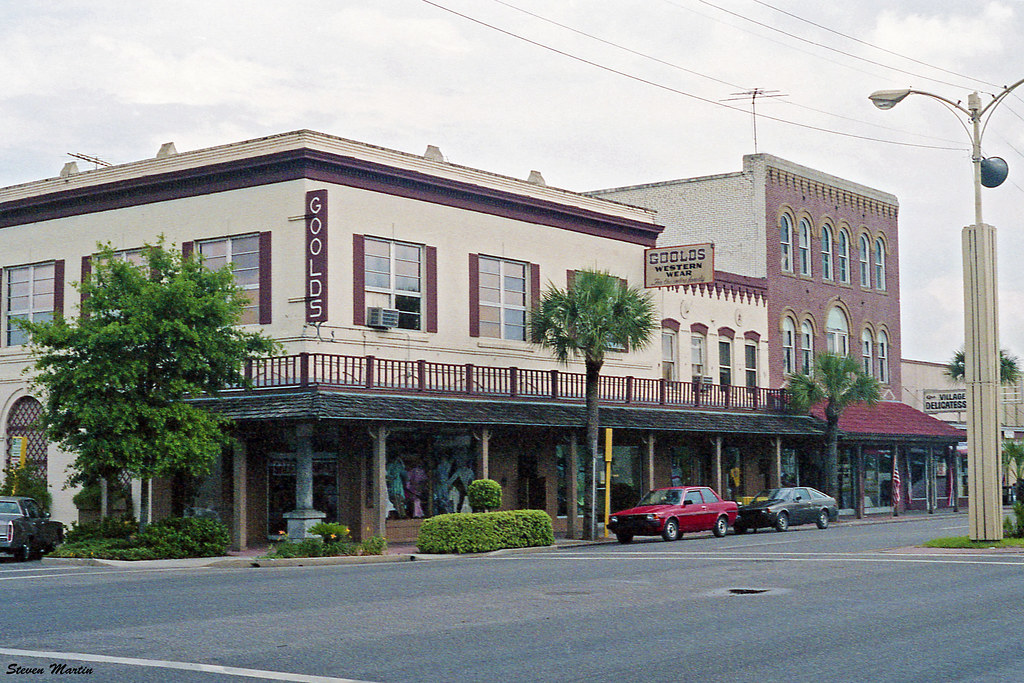
Once the poster child for short-term rental dreams and Mickey Mouse day trips, Kissimmee’s housing market is looking… less magical these days. Inventory is up, demand is down, and prices have dipped back to where they were before TikTok dances were a thing. The short-term rental boom fizzled hard post-COVID, especially with tighter local regulations and unpredictable tourism waves.
As Redfin reported earlier this year, Kissimmee saw one of the sharpest price corrections in Florida, thanks to rising interest rates and investor fatigue. What used to sell in bidding wars now sits on the market like a sad plush toy in a claw machine. And while the weather’s still sunny, the market vibes are overcast.
If you’re not scared of a fixer-upper with Mickey ears on the mailbox, this might be the moment to pounce.
3. Aurora, Illinois (Chicago suburbs)
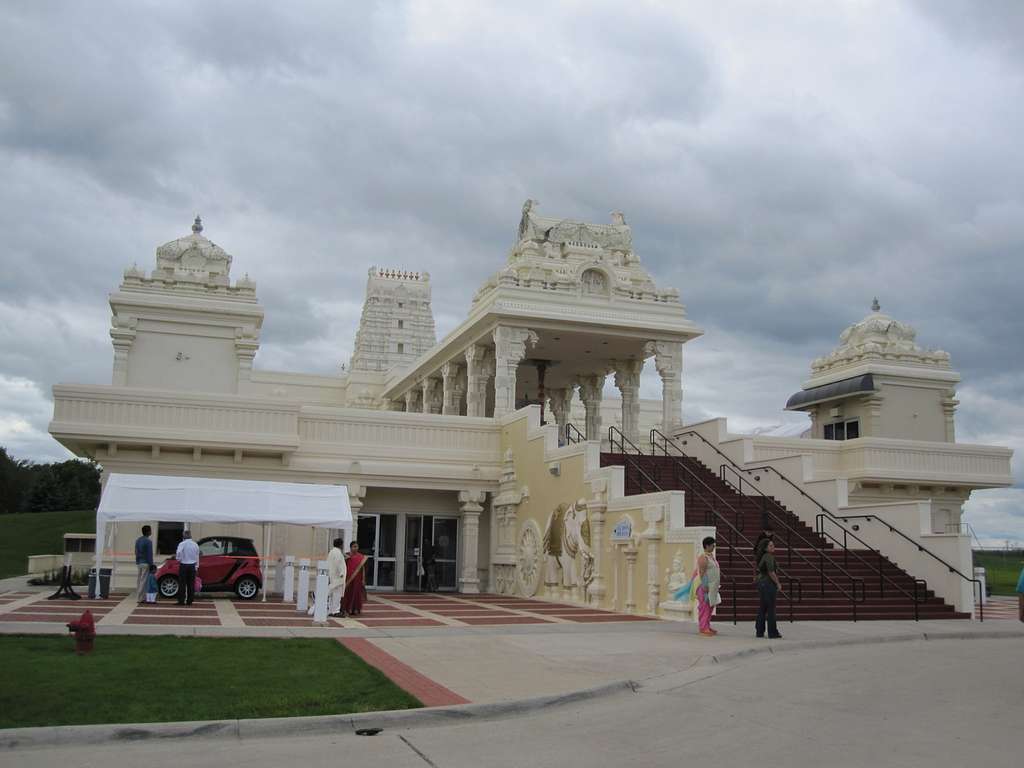
Aurora was once the “affordable but cute” cousin to Chicago’s pricey inner ring, but it’s hit a bit of a rough patch. Prices that climbed during the pandemic (hello remote work exodus!) have now boomeranged back down, and in some cases, fallen below 2019 values. That’s largely due to higher property taxes, a slowing regional economy, and waning demand from city-leavers who’ve since bounced back downtown.
According to Illinois Policy, suburbs like Aurora that saw explosive growth early in the pandemic are now cooling fast. Some developments are offering incentives and price cuts just to get people in the door. The area’s still cute, with walkable main streets and solid school districts—but that’s not always enough to beat the math.
For buyers who don’t mind a slightly longer train ride into Chicago, Aurora’s current dip could be your golden ticket to equity upside later.
4. Buckeye, Arizona (Phoenix suburbs)
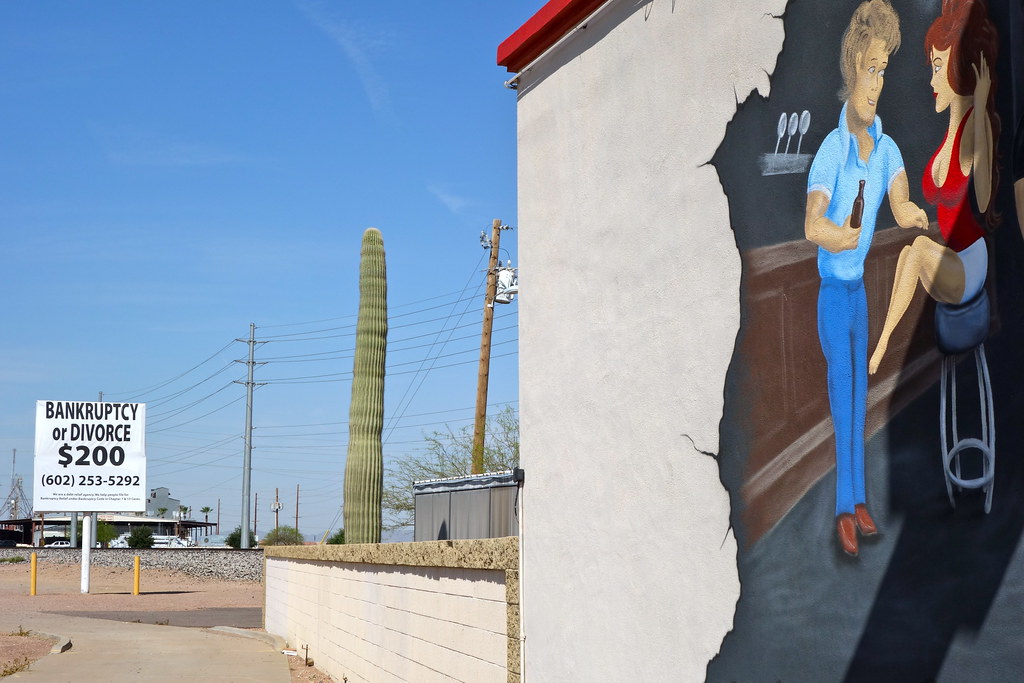
Buckeye had a moment during the pandemic—everyone wanted a piece of that Arizona sunshine and affordable sprawl. But now? The sizzle has seriously cooled. Prices are dipping under 2019 levels in some neighborhoods, especially where new builds flooded the market too quickly.
As Fox 10 Phoenix highlighted, Buckeye is among the Phoenix exurbs seeing the biggest price reversals due to rising mortgage rates and buyer fatigue. Combine that with long commutes and limited public transit, and demand just isn’t what it was. Sellers are sweetening deals with closing cost coverage and rate buy-downs—and still getting crickets.
But if you’re cool with a desert commute and want a newer home for less than it cost five years ago, Buckeye’s got options.
5. Lancaster, California (Los Angeles suburbs)
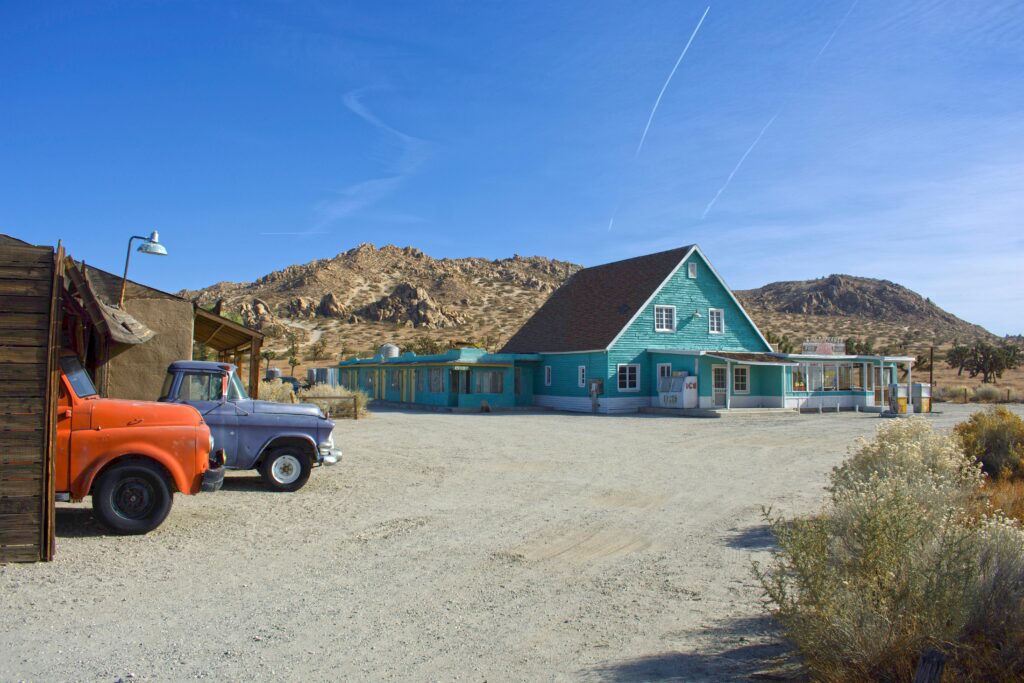
Lancaster, up in the high desert north of LA, has always been a bit of an affordability escape hatch. But in 2025, that escape hatch looks a little drafty. Prices are down compared to 2019, especially in tract home communities that got way too ambitious during the real estate rush.
Realtor.com noted that homes in the Antelope Valley area are staying on the market longer and selling below asking. Why? Long commutes, higher utility bills, and the rising cost of home insurance in wildfire zones have put a damper on demand.
If you’re okay with windstorms and desert vibes, Lancaster could be a sneaky spot to snag a house for less than it cost when “Old Town Road” was topping the charts.
6. Port St. Lucie, Florida
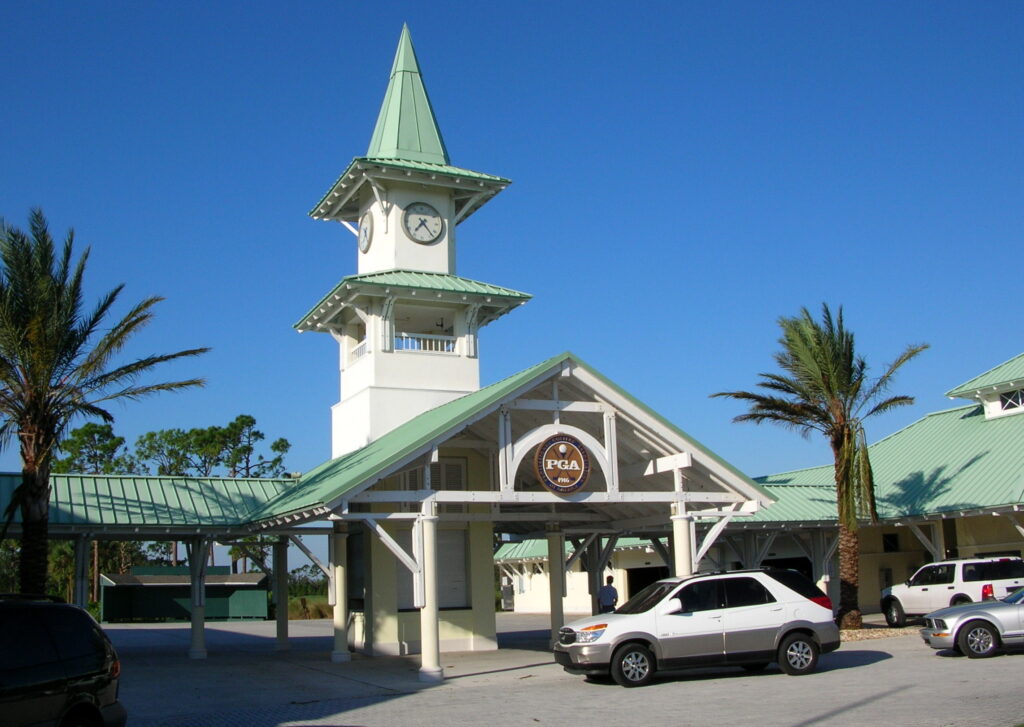
This east coast Florida town was once the belle of the relocation ball—sunshine, no state tax, and homes with pools for under $300K? Yes, please. But in 2025, the dream’s gotten a little soggy. With oversupply in new developments and insurance premiums ballooning like a pool floatie in July, prices have slid back below 2019 levels in several neighborhoods.
It’s a classic case of “too much, too fast.” Developers went wild when demand peaked, and now there are entire cul-de-sacs just sitting. Toss in some hurricane risk and a pullback in remote work, and buyers have gotten skittish. That said, if you’re not scared of mowing a lawn year-round and want to live where it feels like vacation 11 months out of the year, Port St. Lucie could be your play. The bones are good. The prices? Even better.
7. Joliet, Illinois

Just far enough from Chicago to feel suburban but close enough to still curse the traffic, Joliet’s housing market was cruising high for a while. Now? It’s hit a bit of a pothole. Prices have dropped in several pockets of the city, especially in older neighborhoods and mid-century ranch-heavy zones. Rising property taxes and a slow job recovery have taken the sparkle off Joliet’s affordability crown.
What was once a great place for first-time buyers is now more of a “buyer beware” market. But the good news? If you’re willing to do a little DIY or wait out the trends, you can find some real steals—especially compared to what a similar house would cost 40 minutes east. Just make sure you like trains. Joliet’s got a lot of trains.
8. Fresno, California
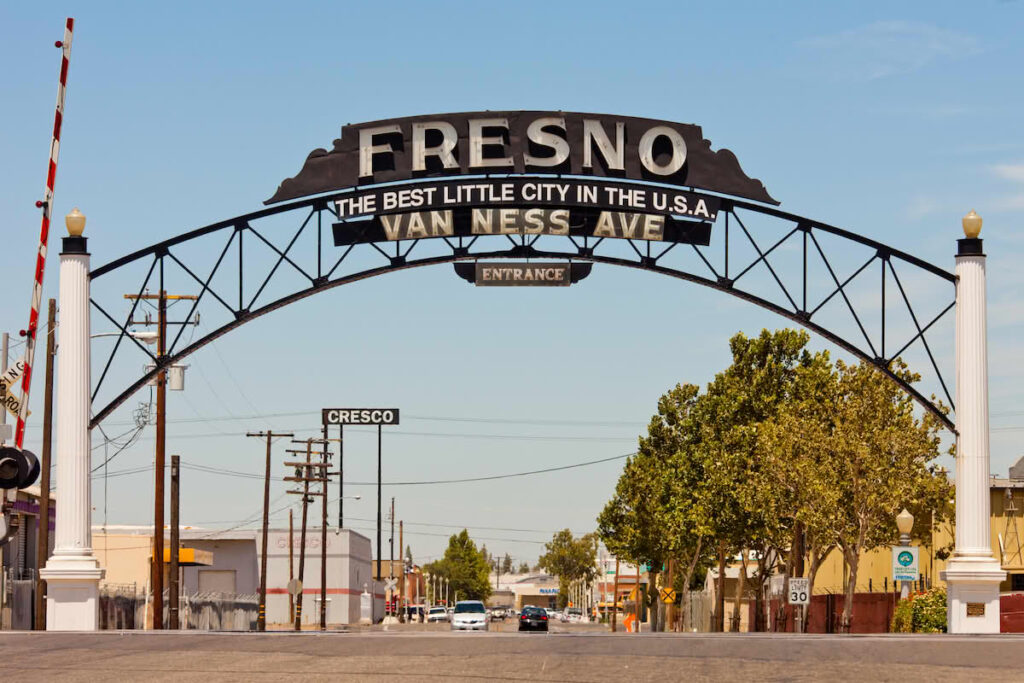
For years, Fresno was the escape hatch from sky-high Bay Area prices. But once the housing rush calmed down, reality set in. Water issues, hot weather, and limited high-paying job options have cooled buyer enthusiasm. Add in rising insurance and taxes, and you’ve got a market correction in progress.
Some neighborhoods are now posting prices under what they were in 2019, especially in areas hit hardest by overbuilding. It’s not a crash, but it’s definitely a soft landing—maybe with a few bumpy patches. Still, for folks priced out of coastal California, Fresno remains a viable (and now cheaper) option. The town’s got charm, access to Yosemite, and tacos that slap. Just don’t expect it to be the next Silicon Valley—Fresno is Fresno, and that’s the point.
9. Bakersfield, California
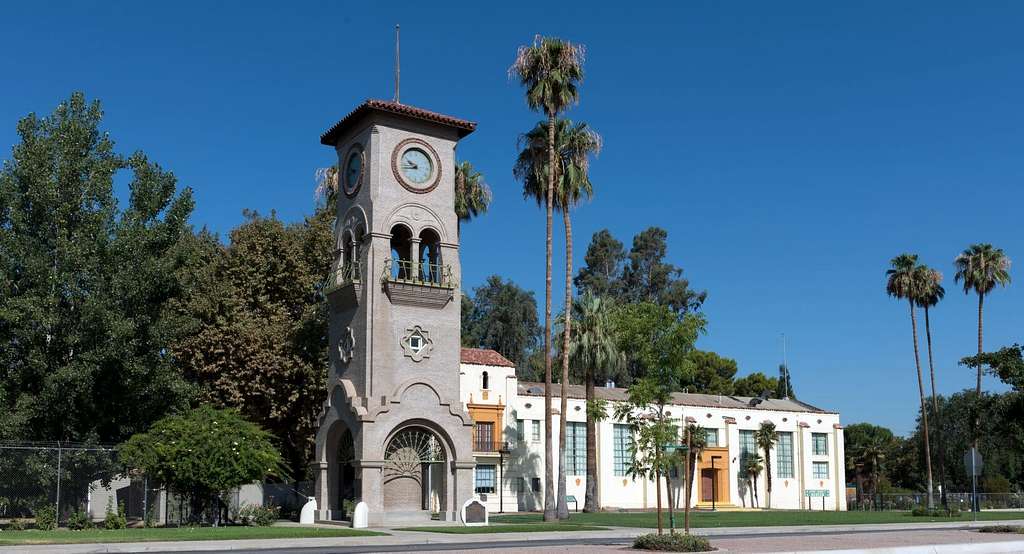
Bakersfield saw a surge during the work-from-anywhere boom, but now it’s paying the price—literally. Prices have dropped back near pre-2019 levels in many neighborhoods, and sellers are sweating. The oil economy’s been a little shaky, and with people returning to city offices (or at least hybrid schedules), demand has cooled off like a midnight desert breeze.
Homes that were flying off the market two years ago are now sitting longer, and price cuts are showing up like Halloween decorations in August—early and everywhere. But don’t sleep on Bako. If you want sunshine, square footage, and enough backyard space for three dogs and a trampoline, this might be your moment. Just bring sunscreen. And a tolerance for dust.
10. Cape Coral, Florida
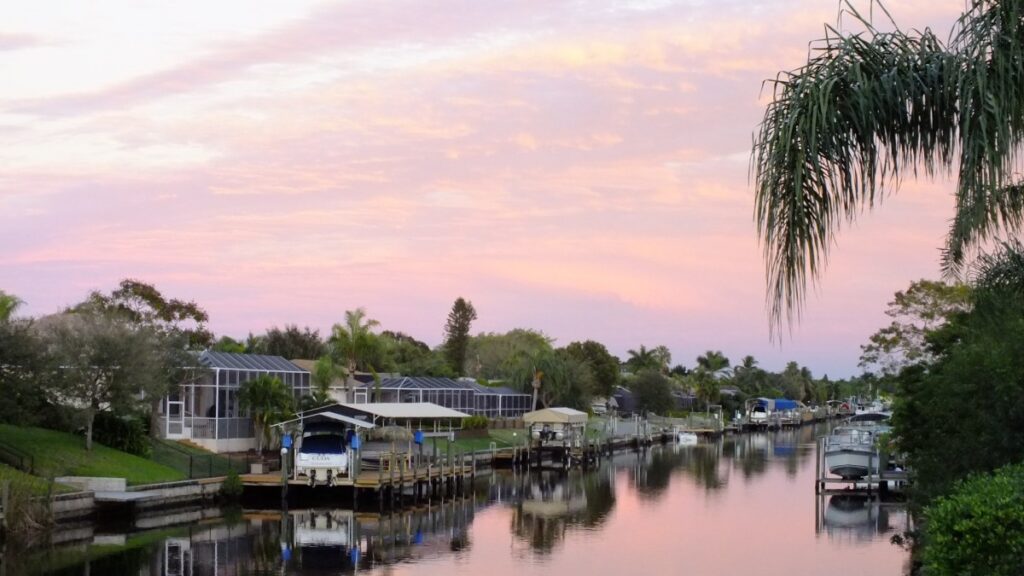
Cape Coral was once the destination for pandemic-era buyers chasing waterfront dreams. But fast-forward to 2025, and those dreams are hitting some rough tides. Between flood zone updates, insurance sticker shock, and a glut of new construction, prices have dipped below 2019 levels in certain neighborhoods.
The canals are still dreamy, but buyers have become way more cautious—especially first-timers who don’t want to be surprise-house-poor. It’s still got that laid-back Gulf Coast vibe, but bargains are back on the table. For buyers who don’t mind hurricane season and love boating more than nightlife, Cape Coral offers real value right now. Just keep your flood boots handy. And maybe look into a metal roof.
11. North Las Vegas, Nevada
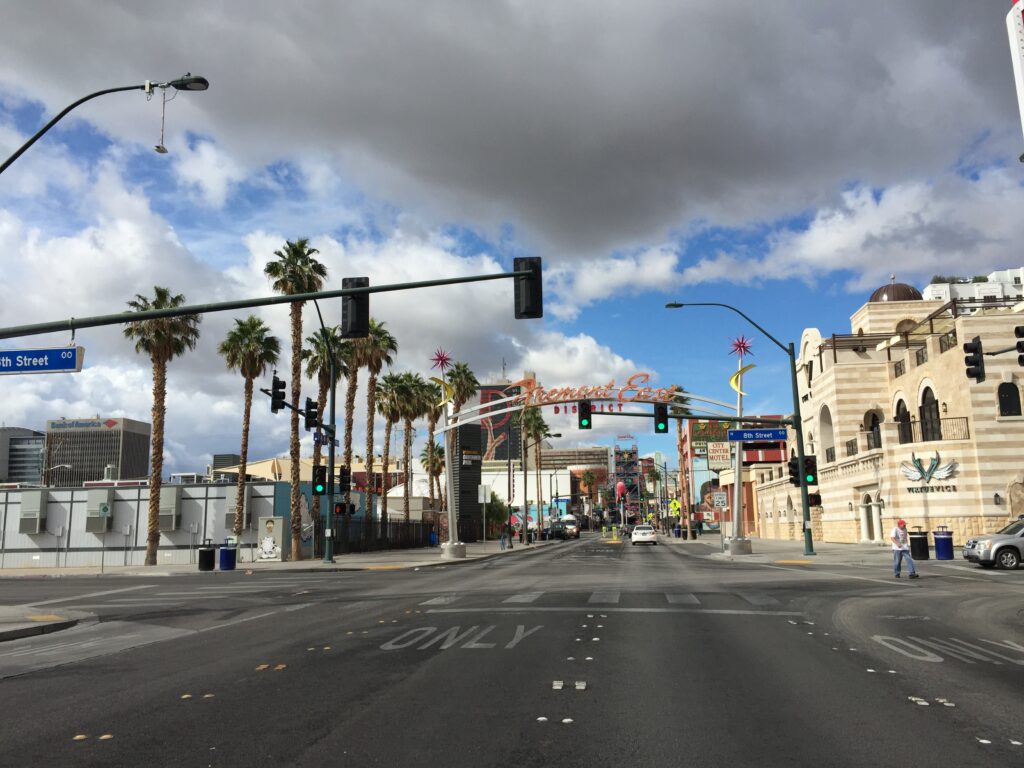
Vegas was hot during the pandemic housing surge—but now the outer suburbs, like North Las Vegas, are feeling the hangover. Prices are dipping below their 2019 comps in certain communities, especially newer ones that got overvalued during the frenzy. Combine that with rising mortgage rates and shrinking investor appetite, and you’ve got a cooling market.
Still, it’s Vegas. Jobs, sunshine, and entertainment aren’t going anywhere. But if you want the glitz and not the inflated price tag, North Las Vegas might be your in. Just remember—it’s still the desert. And the summer temps? They’re not messing around.
12. Modesto, California
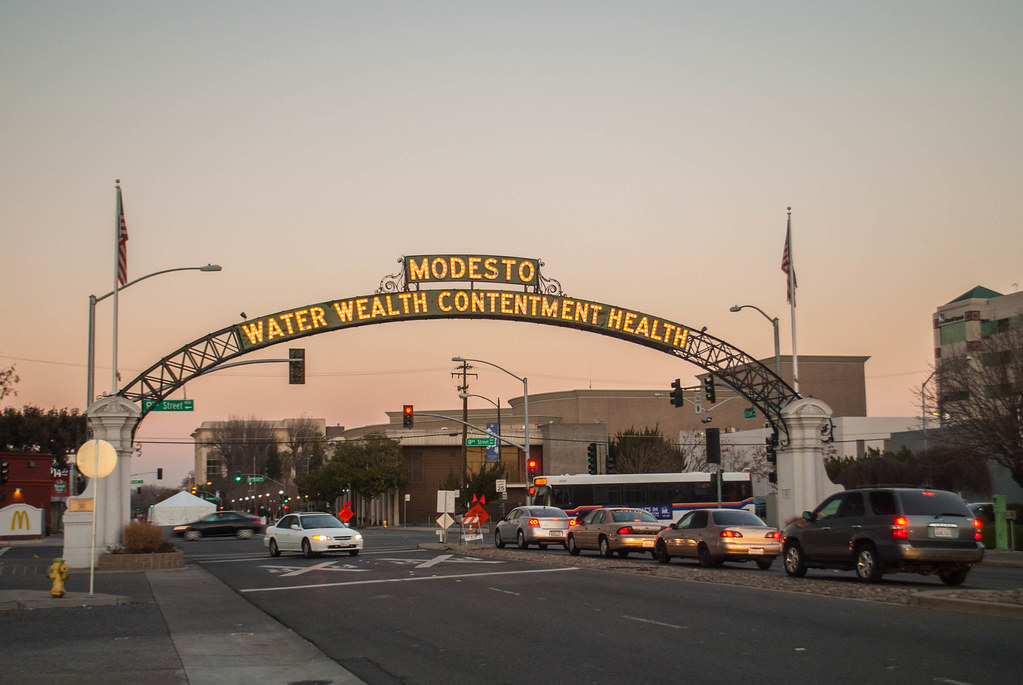
Modesto was another Bay Area spillover success story—until it wasn’t. Like Fresno, it saw a rush of remote workers and first-time buyers during the 2020–2022 boom. But prices in 2025 have dipped in several neighborhoods, making it one of the few places in California where you can score a discount compared to pre-pandemic highs.
Rising crime concerns, long commute times, and economic stagnation have all contributed to the drop. That said, Modesto still offers a good quality of life, especially for families looking for space and affordability. Just be realistic—this isn’t San Francisco in disguise. It’s its own thing. And that thing might just come with a backyard and room to grow.
13. Lehigh Acres, Florida
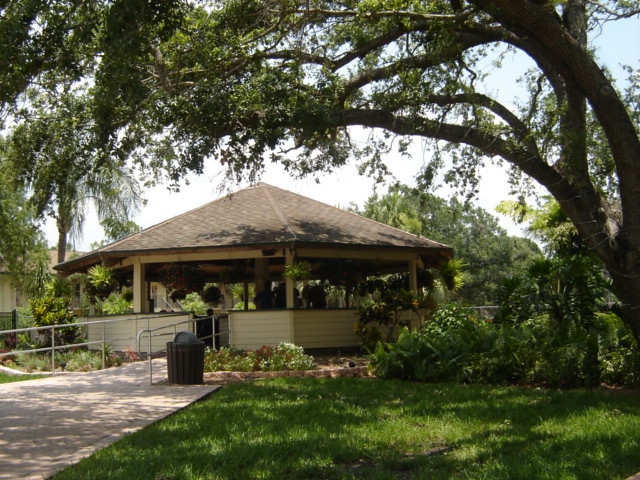
Lehigh Acres was once the affordable darling of Southwest Florida, with promise and potential by the acre. But it’s a classic example of what happens when too much building meets too little demand. Prices have slipped below 2019 levels in many areas, and sellers are starting to get antsy.
Part of the dip is due to oversupply, but rising living costs and tighter lending rules haven’t helped. Still, if you’re a patient buyer who doesn’t mind DIYing some landscaping and can handle Florida heat, this could be the deal of the year. It’s quiet, suburban, and offers way more bang for your buck than trendier ZIP codes nearby. Just don’t expect Whole Foods. Or Uber Eats past 9 p.m.
This article is for informational purposes only and should not be construed as financial advice. Consult a financial professional before making investment or other financial decisions. The author and publisher make no warranties of any kind.





